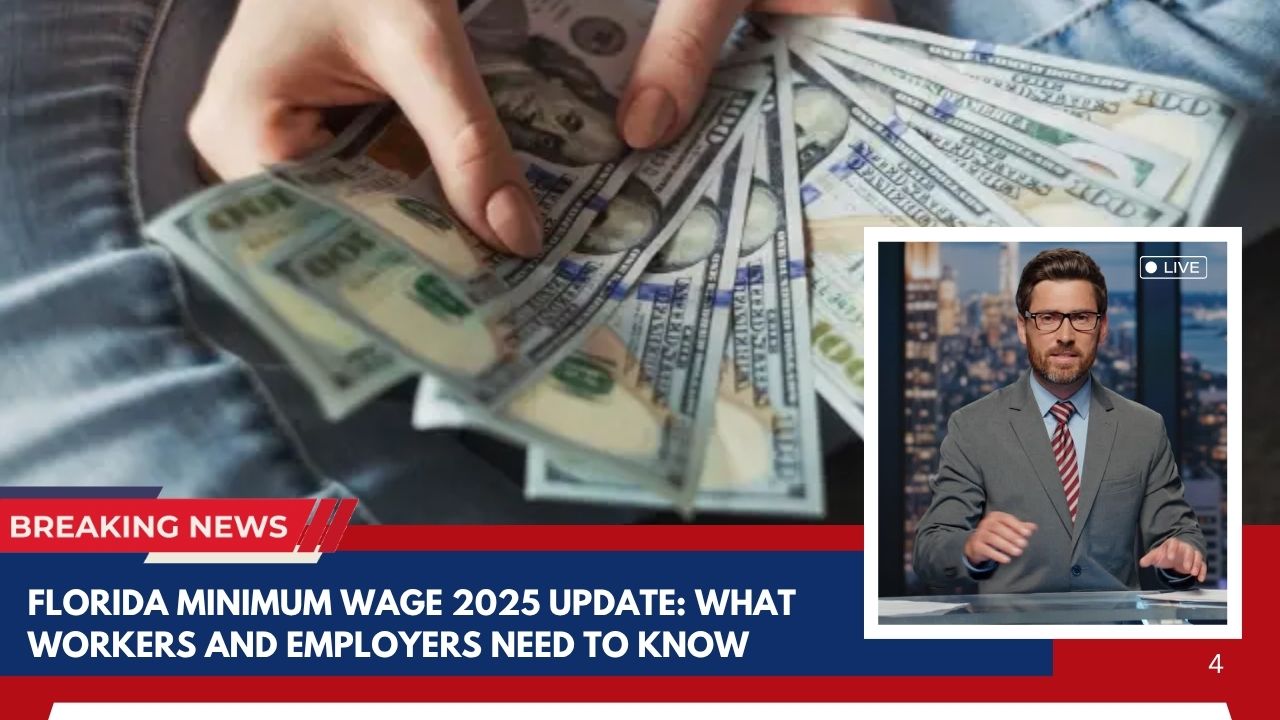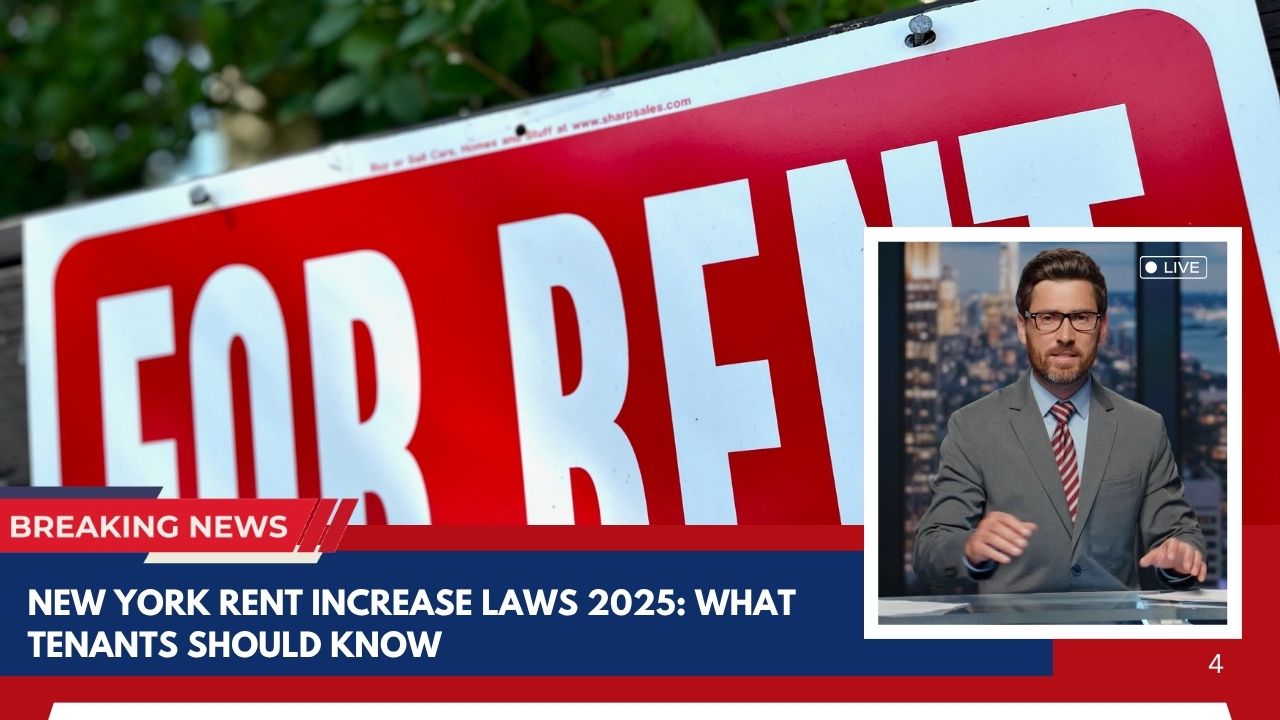The landscape of minimum wage laws in Florida is shifting rapidly as the state continues its multi-year plan toward a $15 per hour base wage by 2026. With the most recent update in 2025, both workers and employers must adapt to new requirements, understand local impacts in cities from Miami and Orlando to Tampa and Jacksonville, and prepare for future changes. This comprehensive guide covers everything you need to know about the 2025 Florida minimum wage increase, including key statistics, the timeline for wage hikes, city-specific trends, and practical advice for navigating the new rules.
Overview of Florida’s Minimum Wage Law
What Changed in 2025?
-
Effective September 30, 2025, Florida’s minimum wage increases to $14.00 per hour for non-tipped workers.
-
For tipped workers, the cash wage rises to $10.98 per hour, with employers allowed to claim a tip credit of $3.02.
-
This is part of a scheduled annual $1 increase, which started in 2021, placing Florida on track to hit $15.00 per hour by September 30, 2026.
Amendment 2: The Roadmap to $15
Florida’s journey began with Amendment 2, passed by voters in 2020, which amended the state constitution. The law outlined:
-
An initial raise and annual $1 steps each September 30, from $8.56 in 2020 to $15 in 2026.
-
A permanent tie of minimum wage increases to inflation after 2026.
Current Minimum Wage Rates in 2025
Standard and Tipped Employee Rates
| Worker Type | Jan–Sep 29, 2025 | From Sep 30, 2025 |
|---|---|---|
| Non-Tipped Employees | $13.00/hr | $14.00/hr |
| Tipped Employees | $9.98/hr | $10.98/hr |
These changes are statewide and apply uniformly, meaning high-population cities such as Miami, Orlando, Tampa, Jacksonville, and Fort Lauderdale follow the same minimum wage schedule without local increases beyond the state mandate.
How Does Florida Compare Nationally?
Florida is among a handful of states with a planned path to a $15 minimum wage, joining others like California and New York in establishing a higher-than-federal standard. In 2025, with $14.00/hr in effect, Florida surpasses neighboring Southern states like Georgia and Alabama, which remain at or near the federal $7.25/hr minimum.
Breakdown by Florida’s Major Cities
While Florida cities comply with the state minimum, cost-of-living differences mean the impact varies widely.
Miami
-
Population: 467,000+
-
Average rent (2025): Above $2,400/mo for a one-bedroom downtown
-
Living wage estimate: $18–$26/hr for a single adult
Workers earning minimum wage in Miami still face steep housing and transportation costs, highlighting a gap between mandated and “living” wages.
Orlando
-
Population: 320,000+
-
Tourism hub: Large workforce in hospitality and service sector
-
Minimum wage impact: Tens of thousands in hotels, restaurants, theme parks receive direct wage increases
Tampa
-
Population: 400,000+
-
Industries: Healthcare, hospitality, logistics
-
Wage trends: Progressive increases helping close the gap amid inflation and rising costs
Jacksonville
-
Population: 950,000+
-
Key industries: Shipping, logistics, health services
-
Minimum wage effect: Leaders note increased disposable income but warn of potential cost pressures for small businesses
Statistical Impact: Who Benefits?
Workforce Demographics
-
About 200,000 Florida workers earn at or near the minimum wage.
-
The largest concentration is in leisure, hospitality, and retail sectors.
-
Young adults (ages 18–24) and women represent a significant proportion of minimum wage earners.
-
Hispanic and Black workers are overrepresented among minimum-wage jobs compared to their share of the total workforce.
Economic Ripple Effects
-
Each $1 increase raises annual earnings for a full-time worker by over $2,000.
-
Wage hikes have been linked to reduced poverty rates and improved family stability.
-
Wage increases in urban centers (Miami, Orlando, Tampa) tend to lead to more dramatic economic boosts due to larger service sectors.
What Employers Need to Know
Compliance and Legal Requirements
-
All employers must update wage postings in visible locations.
-
Payroll systems must reflect the new rate by September 30, 2025.
-
For tipped employees, cash wages must match the new $10.98 threshold, with accurate tip documentation required.
Exemptions and Special Categories
-
Small businesses with annual sales under $110,000 may pay as low as $4/hr, but these are rare and subject to strict conditions.
-
Certain nonprofit organizations may seek exemptions for financial hardship.
-
State and local government employees may be covered by different wage schedules, often determined by collective bargaining.
Risk of Noncompliance
-
Fines and penalties are significant, including back wages and civil fines.
-
Workers can report violations confidentially; the state actively enforces the minimum wage.
Payroll and Budget Planning
-
Average payroll expenses will rise by 4-8% for businesses with a high share of minimum wage staff.
-
In cities with higher living costs (e.g., Miami, Tampa), some businesses voluntarily set entry-level wages above the state minimum to attract and retain talent.
The Debate: Supporters vs. Critics
Benefits of Raising the Minimum Wage
-
Directly boosts earnings for hundreds of thousands.
-
Reduces income inequality and helps close gender and racial wage gaps.
-
Increases consumer spending, benefiting local businesses in cities like Tampa, Jacksonville, and Orlando.
Business Concerns
-
Some argue that higher wages could lead to:
-
Increased prices for consumers.
-
Job losses or reduced hours if small businesses struggle to absorb costs.
-
Greater automation in sectors like fast food or hospitality.
-
Early Results in Florida
-
Employment statistics from Miami, Orlando, and Tampa show no significant job loss after previous minimum wage hikes.
-
Surveys reveal that most large employers have coped by modest menu price adjustments and efficiency improvements.
Living Wage vs. Minimum Wage: The Gap
The MIT Living Wage Calculator suggests that a living wage in Florida is around $15.76/hr for a single adult (no children) and $28.88/hr for a family of four. Even with the 2025 minimum wage, many workers in expensive metros—especially Miami and Fort Lauderdale—earn less than what’s needed to cover basic needs. This stirs ongoing advocacy for even higher standards in Florida’s priciest cities.
Tips for Workers: Maximizing the Minimum Wage
-
Track your hours and paycheck details closely after the September 30 adjustment.
-
Know your rights—report any underpayment to Florida’s Department of Economic Opportunity.
-
Leverage new income to build emergency savings or pursue training for higher-paying positions.
-
In competitive urban areas (like Orlando and Miami), look for entry-level jobs now advertising $15/hr or more due to labor shortages.
Advice for Employers: Staying Ahead
-
Audit your payroll now and adjust for all impacted workers before September 30.
-
In tourist-driven cities (Orlando, Miami Beach, Tampa), use the minimum wage hike as a competitive recruiting tool.
-
Consider cross-training and upskilling to improve productivity and justify higher wage costs.
-
Communicate clearly with employees about the change—transparency builds trust and morale.
Looking Ahead: The 2026 $15 Milestone
Florida’s next and final scheduled increase under Amendment 2 is on September 30, 2026, reaching a $15 hourly floor for non-tipped workers and $11.98 for tipped employees. After that, annual adjustments will again be tied to inflation. Cities like Miami, Tampa, Orlando, St. Petersburg, and Fort Lauderdale will continue to experience the largest impacts, both positive and challenging, as wages rise across service-heavy industries.
Conclusion
The 2025 minimum wage update in Florida represents another major step toward a fairer, more sustainable standard of pay for millions of workers. For employees, this brings significant new opportunities and protections—especially in high-cost cities such as Miami, Orlando, Tampa, and Jacksonville. For employers, adaptation is required, with an emphasis on compliance, transparent communication, and proactive planning.
Both groups should remain vigilant for new updates as the 2026 milestone approaches, as Florida moves closer to joining the elite group of states with a full $15 minimum wage. Whether you’re a worker or a business owner, staying informed and prepared is the best path to success amidst this evolving wage landscape.














Leave a Reply